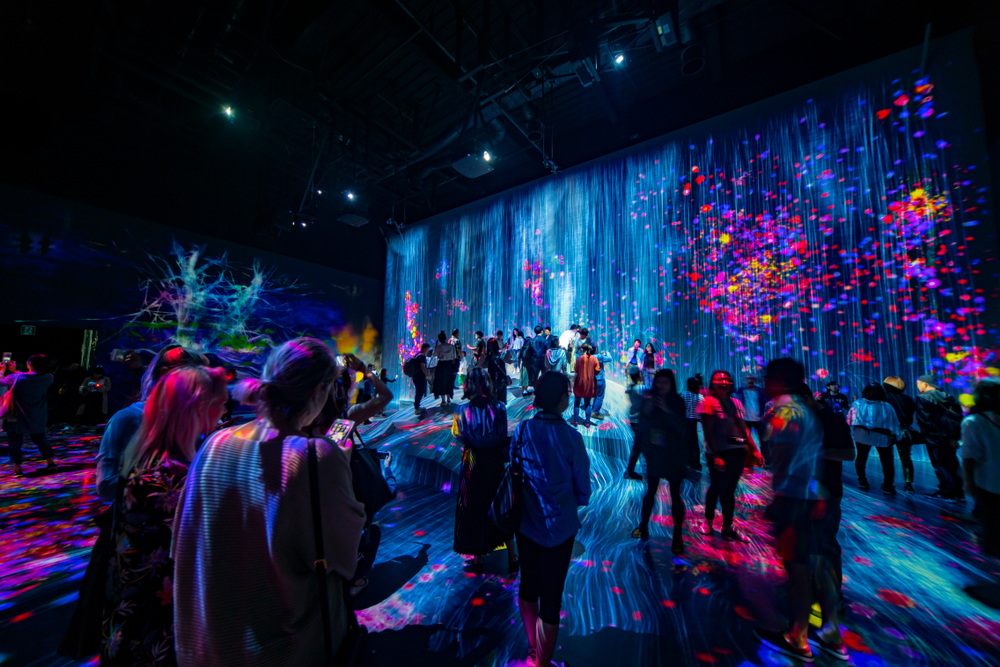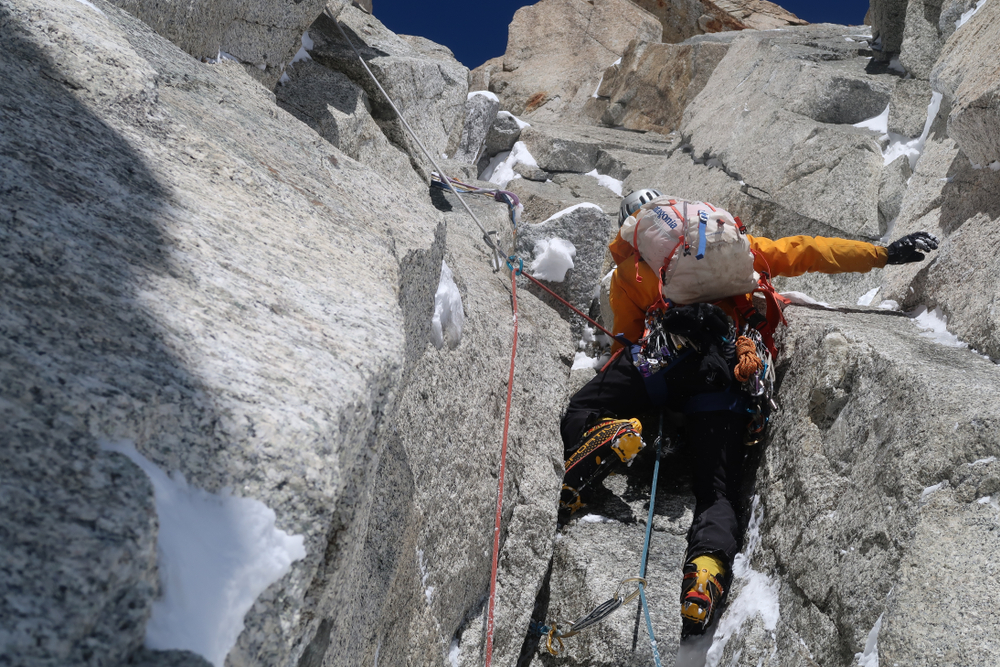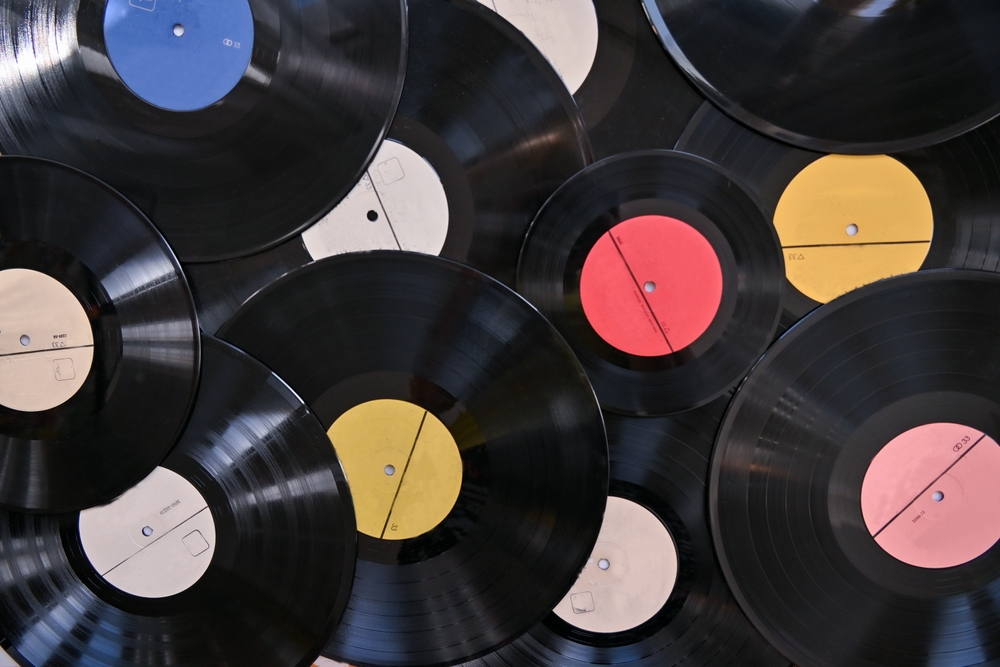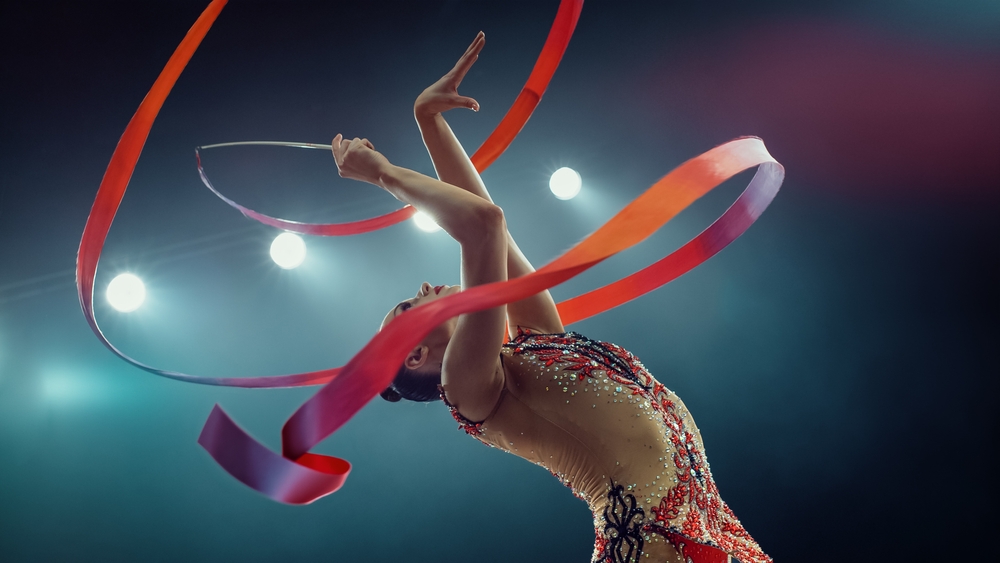Unfolding the Layers of Digital Art: A Journey through the Pixels
Digital Art, a term that was once relegated to the periphery of the art world, has stormed into mainstream culture with a force that’s impossible to ignore. From the vibrant realms of social media to the hallowed halls of esteemed museums, digital art is revolutionizing the way we consume and comprehend artistic expression. This article will dissect the rise of digital art, discuss its current influence, and speculate on its future trajectory.

A Pixelated Past: The Genesis of Digital Art
The roots of digital art can be traced back to the mid-20th century when artists began to experiment with the potential of computers as creative tools. Early pioneers like Vera Molnar and Harold Cohen used algorithms and programming languages to create abstract, geometric designs that challenged traditional artistic norms. However, digital art remained largely obscure until the advent of the internet, which provided a platform for artists to share their work with a global audience.
Today’s Digital Canvas: The Influence of Social Media
The rise of social media platforms such as Instagram and Tumblr has significantly democratized digital art, allowing artists to bypass traditional gatekeepers and connect directly with audiences. These platforms have also facilitated the rise of new digital art genres like glitch art and vaporwave, which play with digital aesthetics to create visually striking, often surreal imagery.
Art in the Age of Cryptocurrency: The Emergence of NFTs
Recent years have seen the emergence of non-fungible tokens (NFTs), which use blockchain technology to authenticate digital art. This has revolutionized the art market by enabling artists to sell their work directly to collectors without the need for galleries or auction houses. The sale of Beeple’s digital artwork for $69 million sent shockwaves through the art world, highlighting the potential of NFTs to disrupt the status quo.
Virtual Reality: The New Frontier of Digital Art
As technology continues to evolve, artists are exploring new mediums to express their creativity. Virtual reality (VR) has emerged as a particularly exciting frontier, with artists creating immersive, interactive experiences that challenge the boundaries between reality and the virtual world. These works, which often incorporate elements of sound art and performance, are redefining what art can be in the digital age.
Future Predictions: The Continuing Evolution of Digital Art
As we look to the future, it is clear that digital art will continue to evolve and shape the cultural landscape. The development of augmented reality (AR) technology presents exciting possibilities for artists, potentially enabling them to project their work onto the physical world. Meanwhile, the rise of AI and machine learning could lead to a new wave of generative art, blurring the line between human and machine creativity.
In conclusion, digital art has come a long way since its humble beginnings in the mid-20th century. From social media to NFTs, VR and beyond, it continually adapts to the ever-changing technological landscape, revolutionizing our understanding of what art can be. As we venture further into the digital age, one thing is certain: the pixelated revolution is just getting started.





